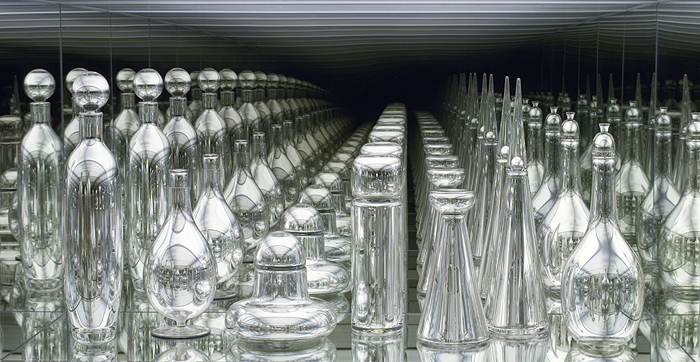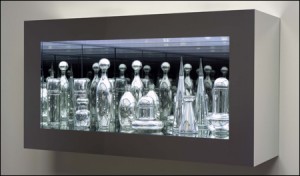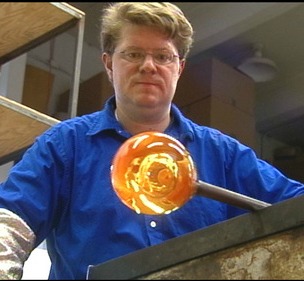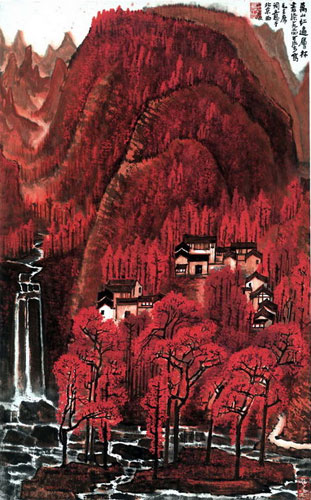Could there possibly be a trove of 100 unknown Caravaggio drawings and maybe a painting or two? Some Italian researchers say so. That caused an immediate storm of incredulity.
 Here’s the story: Last week, art historians Maurizio Bernardelli Curuz,  artistic director of the Brescia Museum Foundation, and Adriana Conconi Fedrigolli, his colleagure, announced their find and said they were publishing their work in a two-volume, 477-page e-book entitled Young Caravaggio – One hundred rediscovered works, supposedly available on Amazon, but I couldn’t find it either here or on the UK site. (True, one story I read said “will publish,” so maybe it’s forthcoming.)
Here’s the story: Last week, art historians Maurizio Bernardelli Curuz,  artistic director of the Brescia Museum Foundation, and Adriana Conconi Fedrigolli, his colleagure, announced their find and said they were publishing their work in a two-volume, 477-page e-book entitled Young Caravaggio – One hundred rediscovered works, supposedly available on Amazon, but I couldn’t find it either here or on the UK site. (True, one story I read said “will publish,” so maybe it’s forthcoming.)
They said they discovered the sketches in a collection of paintings and drawings from the workshop of Simone Peterzano which has been held in a castle in Milan, Castello Sforzesco, since 1924, after they were transferred there from a nearby church. Caravaggio was an apprentice to Peterzano in his youth, as were other Italian painters. The Peterzano archive contains 1,378 paintings and drawings by the master and his students, and Curuz and Fedrigolli say it’s unlikely than some are not by Caravaggio. So they set to work to find them.
However, doubt was cast when other art historians said the pair had not studied the sketches in person, but rather used photographs to make identifications. It surely didn’t help that someone in the early articles had already placed a value on them — some 700 million euros. Â
But while, according to the Daily Telegraph, “Their research was praised as “intelligent” by Claudio Strinati, a prominent expert in 16th-century art and an authority on Caravaggio,” others disagreed. For example:
Dr John T. Spike, a Caravaggio expert at the College of William and Mary in Williamsburg, Virginia, said the quality of the sketches was better than Caravaggio’s earliest known work, Boy Peeling Fruit, painted in 1592.
“The sketches from the collection show robust, competent drawing, yet in Caravaggio’s earliest painting he was struggling to draw competently,” he told The Daily Telegraph. “How could he have gone backwards in terms of his artistic skill?”
The American press hasn’t given much coverage to the claims, but I’d venture that’s partly because they show so little interest in art (as opposed to the art market). Reuters picked it up and published something yesterday, dousing the claim with cold water. The AP, too, showed restraint and disbelief, writing:
Among the prominent skeptics was Antonio Paolucci, the director of the Vatican Museums and one of Italy’s most esteemed art historians and restoration experts, who pointed out that many experts have seen the drawing and “not one of those experts had come up with the name of Caravaggio.”
Paolucci described the claim as “pure inductive optimism” in the Vatican newspaper L’Osservatore Romano on Friday, though he acknowledged it was always possible that “researchers with lesser credentials but with an especially gifted eye, sensitivity and also luck” had pinpointed something new.
Sounds right to me.
UPDATE, 7/11: No wonder I couldn’t find the book mentioned above on Amazon’s website: The Telegraph is now reporting that the book has been withdrawn. It said:
…Stefano Boeri, a cultural official with Milan city council, announced the launching of an investigation to ascertain “the correctness of the procedures regarding the publication” of the e-book.
A panel of heritage experts from Castello Sforzesco, the castle where the archive of sketches and drawings is kept, would scrutinise “with rigour the ideas advanced by the authors of the e-book,” he said….
Uh-oh.
Photo: Supper at Emmaus, from the National Gallery collection in London





